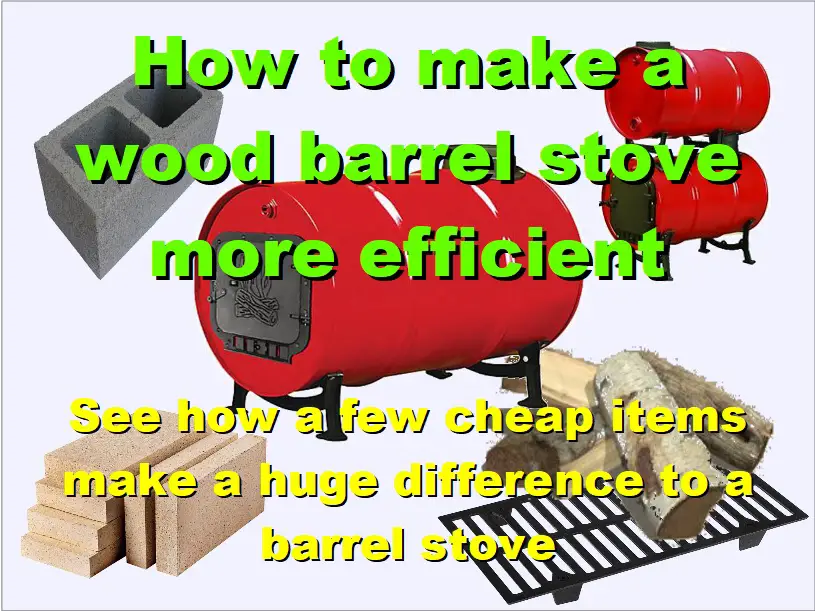Barrel stoves are a cheap option for heating a workshop, garage, or greenhouse. But if you are using a barrel stove often you’ll want to ensure you are not wasting energy and money. Thankfully making a barrel stove more efficient is easy with a few simple tricks.
Tip # 1. Add a second barrel as a heat exchanger.
A fire needs hot air rising up the flue to help draw air in through the fire. The hotter the air rising up the flue the faster that air flows and the more air is drawn in. That hot air in the flue provides an opportunity to add more heat into the room by using a heat exchanger. A popular barrel stove design is the double barrel wood stove, where the top barrel is the heat exchanger.
The heat exchanger is warmed by the hot air rising in the flue, making the double barrel wood stove significantly more efficiency than the barrel stove.
Professional tip: The heat exchanger usually has a fan blowing air through the heat exchanger, point the heat exchange where you want the warm air to circulate.
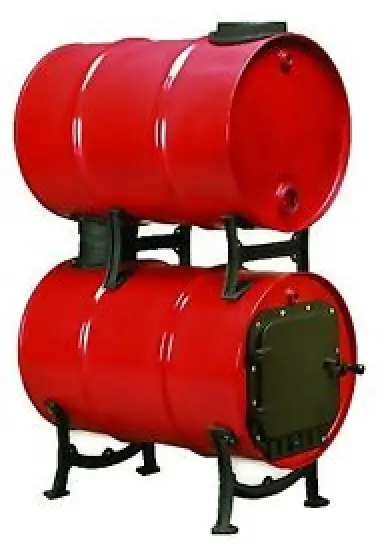
Tip # 2. Add a grate for the fire to sit on.
Adding a grate on which to build a fire is perhaps the easiest solution on this list. A fire needs 3 things to continue to burn, fuel, heat, and oxygen. Increasing any of these will make the fire burn hotter. A grate helps get my oxygen into where the fire needs it most, from underneath. Oxygen drawn in from underneath a fire increases the efficiency by allowing that oxygen to engulf the wood, therefore the flames don’t have to chase the oxygen.
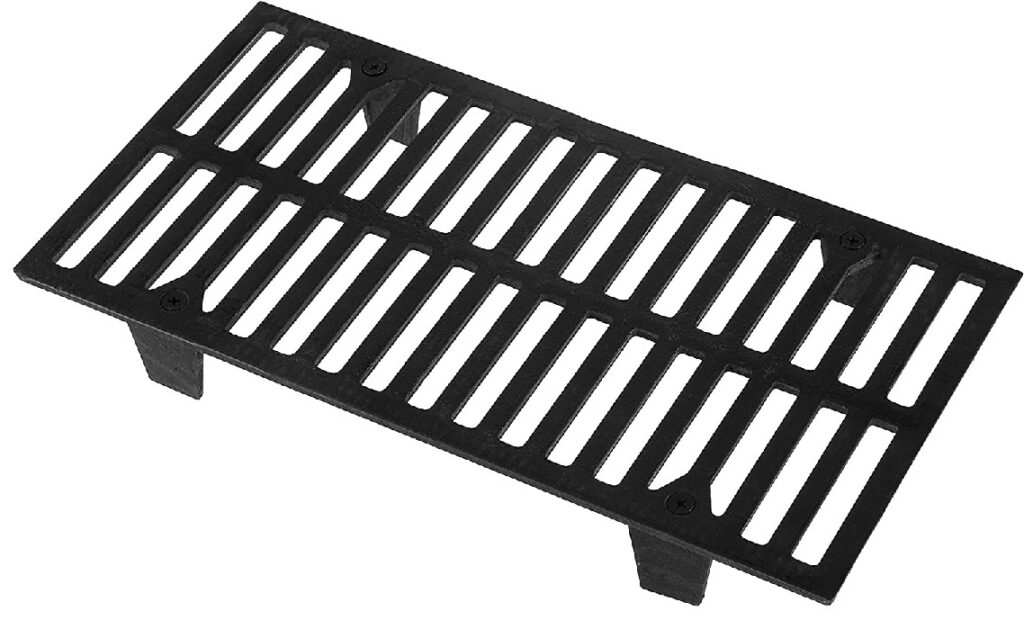
Add a grate that creates a gap of at least 2 inches from the base of the barrel to the bottom of the firewood, and you have very simply created the second most effective method of increasing the efficiency of a barrel stove.
Tip # 3. Only burn seasoned wood with a dry moisture content.
The drier the wood, the more heat you can generate from a fire. Wood that is not properly seasoned contains too much moisture which needs to be boiled off. Wet firewood takes energy away from the fire resulting in low temperature fires and lots of black smoke.
The best firewood has been properly seasoned (dried).
Tip # 4. Increase the thermal mass of the stove.
Adding thermal mass will help to radiate heat more evenly for longer. Once that thermal mass comes up to temperature, less firewood can be used to maintain an even temperature. There are 3 easy ways to increase the thermal mass of a barrel stove, a) add firebricks to the base of barrel stove, b) add masonry legs, c) use heavy gauge steel.
Add firebricks to the base of the barrel stove. Making a base from firebricks or fire clay inside the barrel will create a significant increase in thermal mass. Additionally the firebricks reflect some of the heat away from the base and out through the sides of the barrel. Heat radiating into the ground directly below the wood barrel stove is going to be wasted, so directing this out the sides makes more sense.
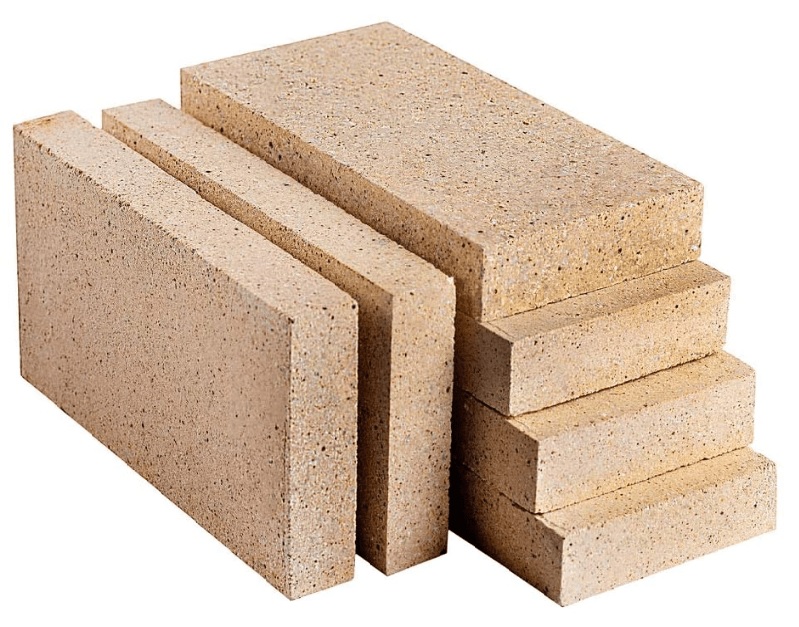
Add masonry legs. It won’t be possible to stop all the heat radiating downward, so when it gets there why not capture some of that heat. Most barrel stove kits come with thin cast iron legs. These do little by way of radiating heat, all they do is raise the barrel off the ground. Replacing the cast iron legs with cinder blocks, won’t take long, but is another easy and low cost way to add that extra thermal mass.
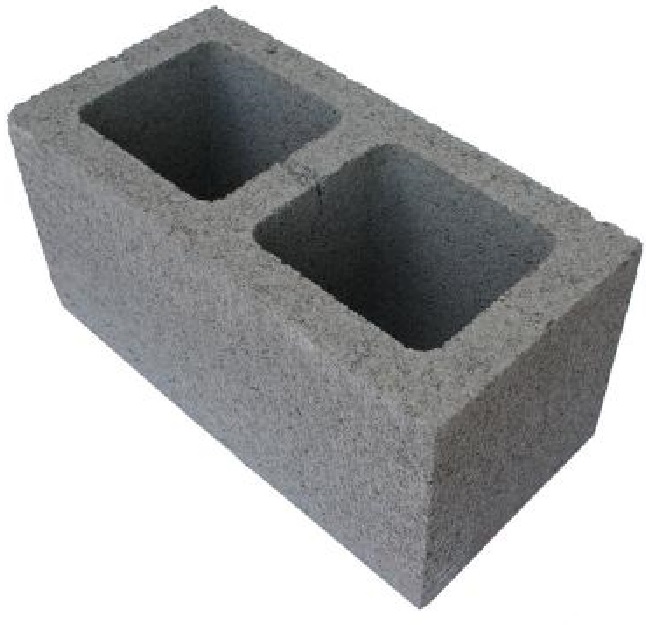
Use heavy gauge steel. The thicker the steel, the more thermal mass. It will take a slightly longer time to warm up (but not much), but the payback of a more even heat will be worth the weight. Additionally, a thicker material barrel will last longer than a thinner skinned barrel.
How do you know when your wood stove is operating efficiently?
Check the smoke coming from the chimney. As a general rule, the less smoke the more efficient the stove is operating.

